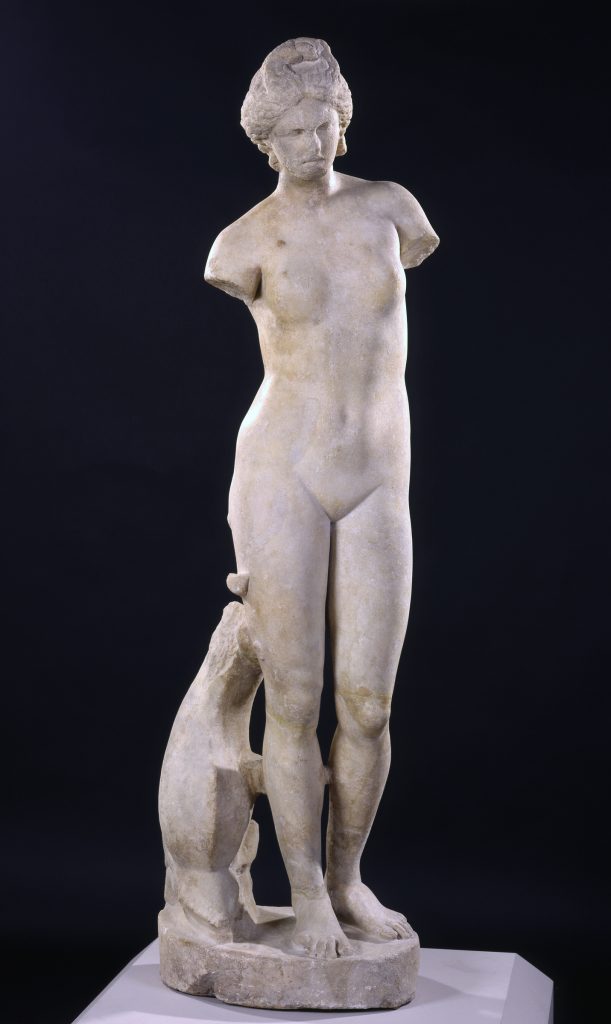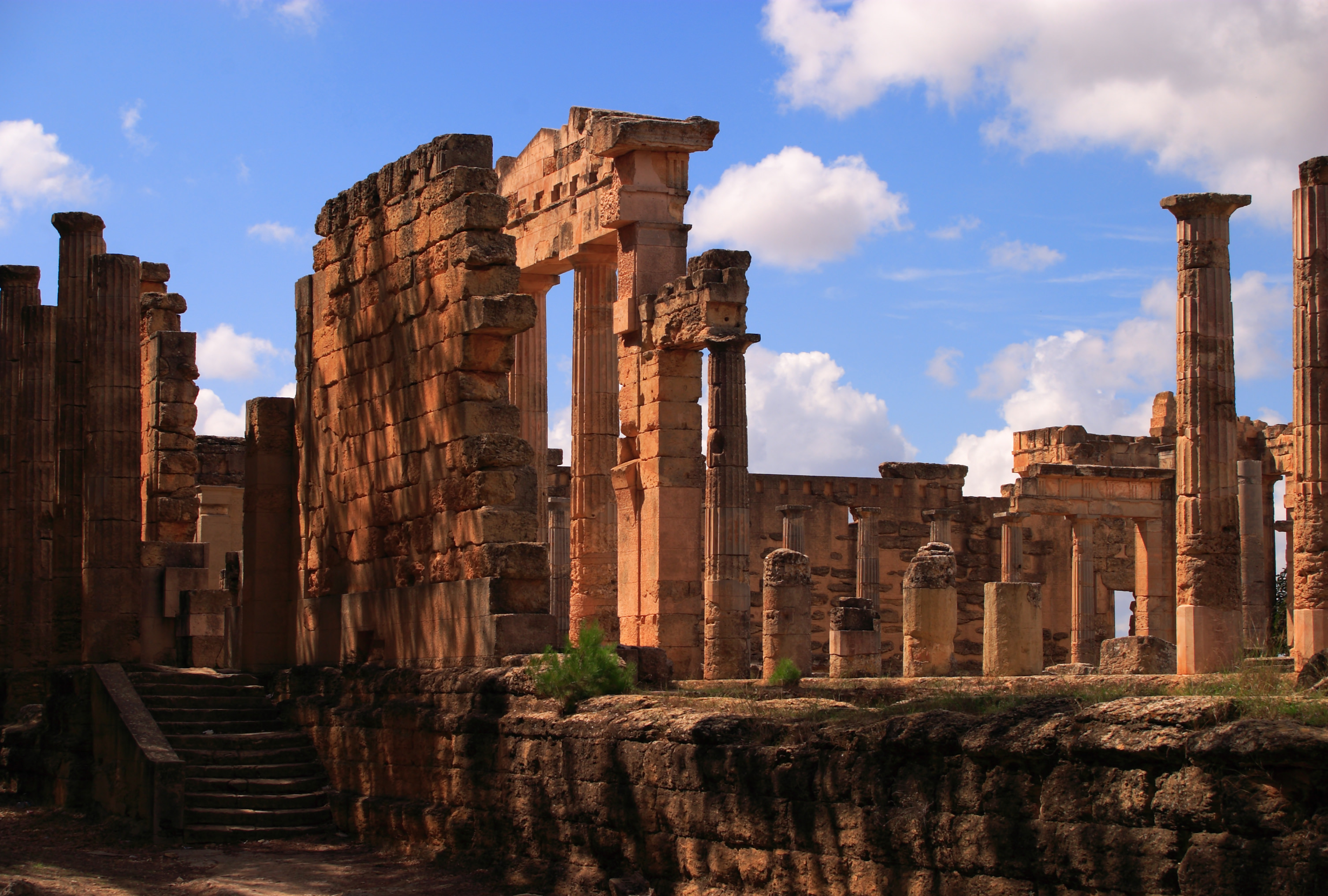Cyrene is the relatively unknown ancient Greek city near present-day Shahhat, Libya, which was not only the oldest and most important of all five Greek cities in the region, but had a disproportionate contribution to philosophy.
The city of Cyrene actually gave all of today's eastern Libya classical name of Cyrenaica
More than two thousand years ago, a group of Greeks from the island of Thira (also known as Santorini) headed south, searching for a new homeland. Their short journey from the Aegean Sea to the south ended in north Africa.
These Greek settlers established a new city, Cyrene, in 631 BC and soon had its first King, Battus.
Battus was the first powerful figure in what later became the famous dynasty of Battiads. The Battiads ruled Cyrene for eight generations until 440 BC.
Under their rule, the port city of Apollonia was founded, along with Berenice, today’s Benghazi.
Cyrene was prosperous and had trade ties with most Greek cities in the Mediterranean.
It was one of the principal cities in the ancient Greek world with its temples, tombs, agora, gymnasium, and Cyrene Amphitheatre all thought to be inspired by the historic structures of Delphi.
The city became a Republic in 460 BC following the political tradition that Athens had established.
Philosophy flourished in ancient city of Cyrene
Cyrene contributed to the intellectual life of the ancient Greek world through its renowned philosophers and mathematicians.
Philosophy flourished on the Cyrenaican plateau at the School of Cyrene. “Cyrenaics” developed here, a minor Socratic school founded by Aristippus, who was perhaps the friend of Socrates or, according to some accounts, a grandson of Aristippus by the same name.

French Neo-Epicurean philosopher, Michel Onfray, has called Cyrene “a philosophical Atlantis” thanks to its huge importance in the creation and initial development of the ethics of pleasure.
Cyrene was also the birthplace of Eratosthenes, who determined the circumference of the earth. The great thinker later went to Alexandria.
Statues of philosophers, poets, and The Nine Muses, and a bust of Demosthenes have been discovered in Cyrene, attesting to the great culture which once flourished in this region of Northern Africa.
When Alexander the Great died in 323 BC, the Cyrenian Republic became subject to the rulers of the Ptolemaic Dynasty, and a few centuries later, it became part of the Roman Empire as a province.
The famous “Aphrodite of Cyrene,” a headless marble statue representing the goddess Venus, a Roman copy of a Greek original Aphrodite, was discovered by Italian soldiers here in 1913. It was transported to Rome, where it remained until 2008, when it was returned to the north African country.

Cyrene’s ruins remain there as a reminder of the region’s rich past, which was shaped by Greeks and Romans alike.
Included on the UNESCO World Heritage List in 1982, Cyrene today ranks among the UNESCO’s most neglected and endangered sites in the Mediterranean Basin due to improper restoration and extensive looting of its Greek artifacts.

Perhaps the most famous site uis the Temple of Zeus, which is located on the northeastern hill of the city, near the modern village of Shahhat.
Perhaps because of the bulk of its collapsed remains, this Temple has remained one of the least studied of all the great temples of the Hellenic world.

The date of the building's construction is highly disputed, with some scholars arguing that the temple was built at some point in the 5th century, while others view its Archaic Doric design and style as an indicator that the Temple was in fact built in the 6th century.
Jewish rebels destroyed the Temple in 115 AD, undercutting and overturning the columns of the surrounding peristasis, which were never re-erected.
The temple is most notable for its size and complexity. Measuring 70 by 32 metres, it was larger than the Temple of Zeus at Olympia, and its cella was surrounded by two rows of columns, with 8 columns in each row at the front and back and 17 along the sides.
The temple also displays Doric refinements: for example, the Greek architects constructed the columns to lean slightly inwards, correcting some of the effects of perspective.
READ MORE: How Byzantine Princesses Introduced Europe To The Fork.


